
The primary issue with the P-38 (other then the "OMG I can't pull out of this dive" compressibility issue that was eventually fixed) was that it was very expensive to produce. The use of two different engines (rotated different directions) of course did not help serviceability.

The price premium for P-47s and P-38's had a lot to do with their turbo charging systems (which made them much better at altitude of course).
This looks like a fun time for a low pass!

Folgers said:NickD said:
I know next to nothing about planes. But we had an old guy, a customer, whose license plate was p38ling. He has yippee stickers on the hood and fenders. I still see the truck around town.
I wonder if there is a connection?
If the car is anywhere close to this red, the answer would be yes.
In reply to aircooled :
The V1710 could have the prop and accessories stuck on either end, IIRC. It was designed to be able to run in either direction that way.
I would imagine a lot of its expense that that it had two of a lot of major systems ![]() But the benefits were combat survivability and a much wider effective range, since the guns didn't have to be boresighted to converge at a certain distance. Having a 5 second window instead of a one second window of effective fire was huge... and then when they made it back to the airfield "for some Spam fried in axle grease and coffee brewed with battery acid", landing a tricycle geared plane was a lot easier.
But the benefits were combat survivability and a much wider effective range, since the guns didn't have to be boresighted to converge at a certain distance. Having a 5 second window instead of a one second window of effective fire was huge... and then when they made it back to the airfield "for some Spam fried in axle grease and coffee brewed with battery acid", landing a tricycle geared plane was a lot easier.
This P38 stuff is fascinating. Keep it up chaps and chaplets. I had no idea they had counter rotating engines. I thought counter rotating props were normally done through gearing, not doing a Honda reversing the whole engine rotation. I guess it helps with manoverability and torque reaction, but how common was something like that.
I don't know this for a fact, but I believe Rolls Royce used different designations for the engines in the Mosquito so I'm assuming they were opposite rotation as well.
The other issue with the P-38 was that if you had to bail from one, they were dangerous as hell. A lot of guys jumped out and then got smashed by the tail boom behind the cockpit. I believe the ultimate solution was that if you had to bail out, you rolled it upside down and then jumped out to get clear.
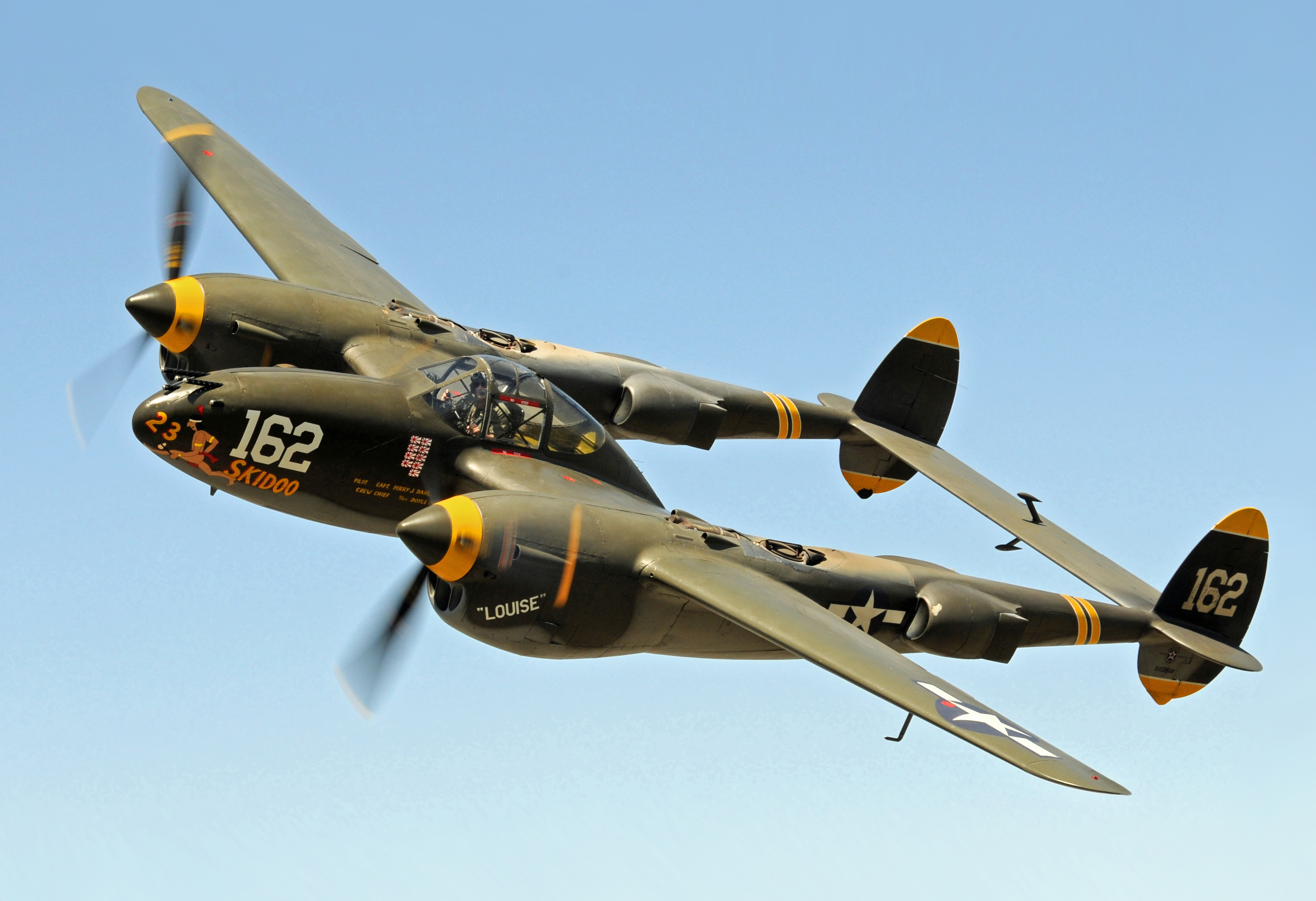
Pete. (l33t FS) said:In reply to aircooled :
The V1710 could have the prop and accessories stuck on either end, IIRC. It was designed to be able to run in either direction that way.
I would imagine a lot of its expense that that it had two of a lot of major systems
But the benefits were combat survivability...
There are reports of them coming in with one engine dead and a tail boom completely shot away, and still flying fairly well.
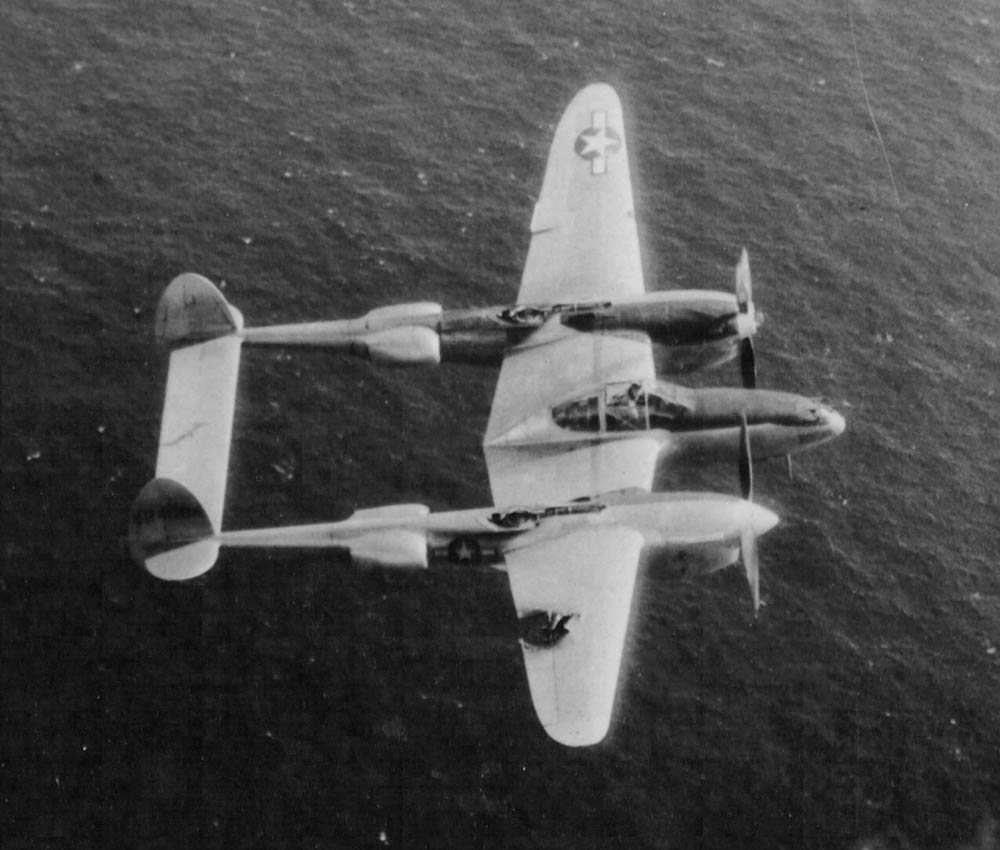
Also, we have tail fins on '40s and '50s cars, thanks to the P-38. In early 1941, word of the radical-looking new fighter had reached GM styling chief Harley Earl. GM was heavily involved with the project, the Allison Division built the engines, using many parts made by Cadillac, and Oldsmobile Division built the cannon, so that spring, Earl called in a few favors and wrangled permission to take several of his senior designers, including Bill Mitchell, Art Ross, and Frank Hershey, to see the early-production P-38 at Selfridge Field. They were so smitten with the tail fins on the P-38 that after the war they tinkered with placing them on a car, and, voila, you had a '48 Cadillac

More stuff: Another issue with the P38 was the pilot position. Note in the pic above how far and isolated it is from the engines. Apparently the cockpit heater was rather poor and it could get pretty miserable for high altitude escort missions. It should also be noted they used way more fuel than the p-51 (as did the P47, which used an amazing amount of oil also!).
The reality of the common phrase that the P51 was the "best fighter of WWII" or "saved the bombers" has a lot do do with how cheap the P51 was to build and operate and had some distinct disadvantages to the P47 or P38. If I had to choose one to take into combat, it would be the P47
The P51 was, reportedly, the most comfortable plane (pilot comfort that is) of the three to fly though. Cadillac of the sky they said...
Also of note: Did you ever wonder why the P38 had, for it's time period, a rather heavy armament (4x50, 1 20mm cannon)? It was part of a design requirement by the Army that required at least 1000lbs or armament. Two planes resulted from that. The other plane? The P39, with the HUGE 37mm cannon (and was also super unique in design, mid engined).
Specifications called for at least 1,000 lb (450 kg) of heavy armament including a cannon, a liquid-cooled Allison engine with a General Electric turbo-supercharger, tricycle landing gear, a level airspeed of at least 360 mph (580 km/h) at altitude, and a climb to 20,000 ft (6,100 m) within 6 minutes

Airacobra armament (those are 50 cals on the right):
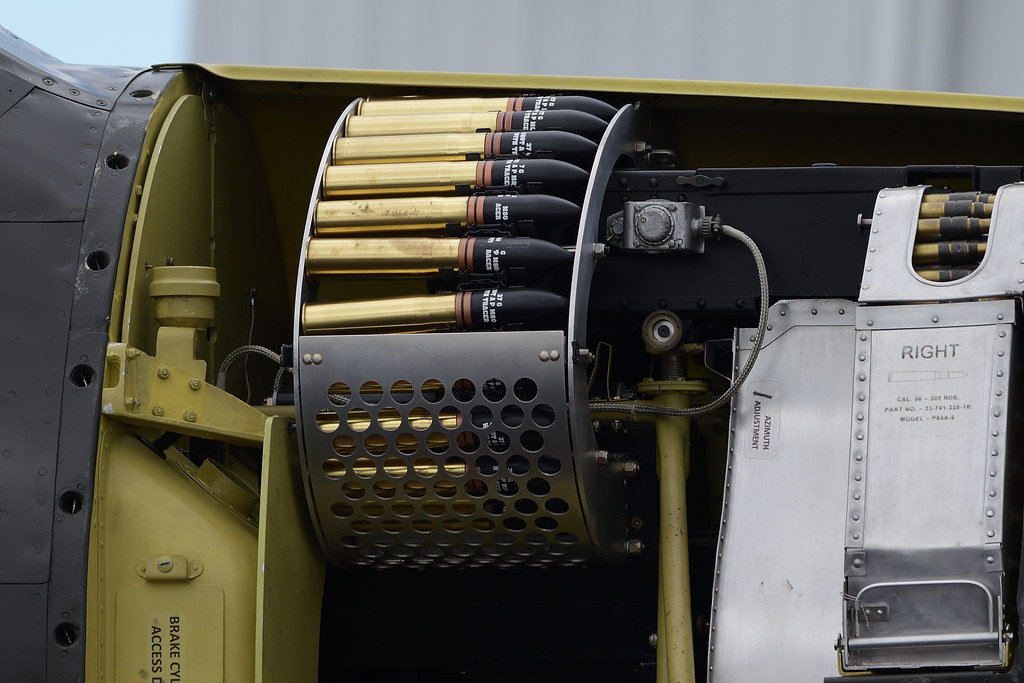
aircooled said:The other plane? The P39, with the HUGE 37mm cannon (and was also super unique in design, mid engined).
The P-39: Americans hated it, Russians loved them. Proof that a warplane is only as good as the way you deploy it.
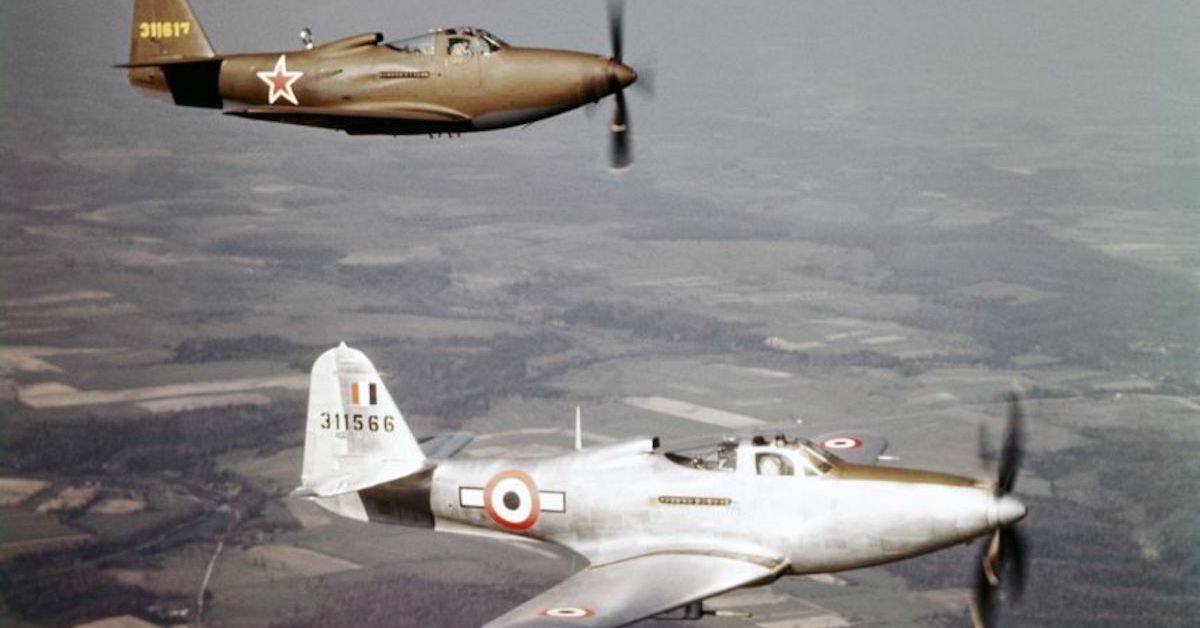
Of course, Bell also built the truly bizarre Airacuda as well, which looks like something out of a sci-fi film.
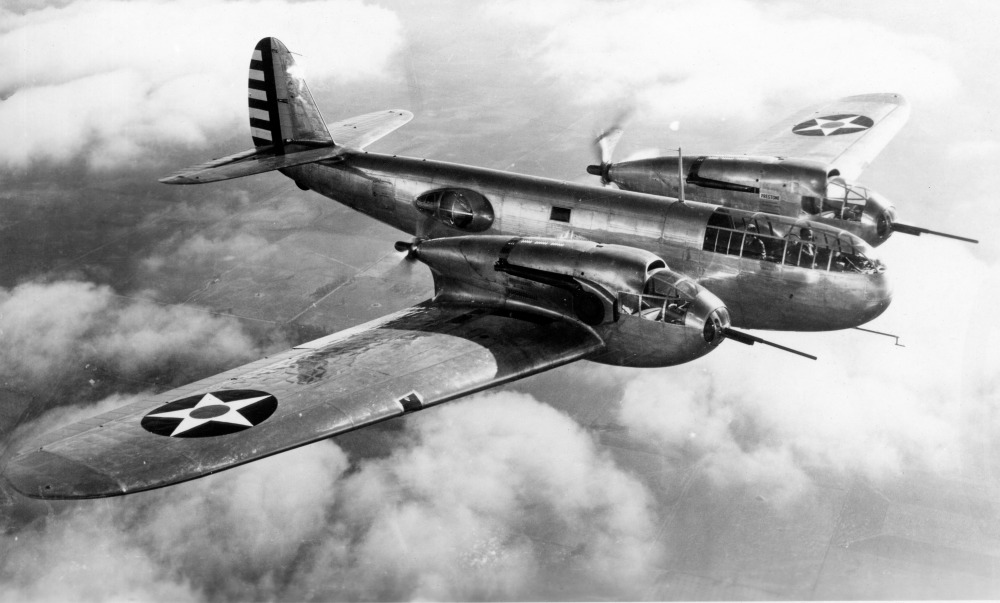
P38's were frequently used for reconnaissance missions (F-4 and later F-5)...engines away from the cameras to reduce vibration - twin engine reliability - fast high altitude capability to allow for unescorted operations.
stroker said:I don't know this for a fact, but I believe Rolls Royce used different designations for the engines in the Mosquito so I'm assuming they were opposite rotation as well.
Later P-51s had Rolls Royce Merlins.
All P-38s had Allisons.
[edit for hotlink]
I don't know if it was this particular aircraft, but I've sat in one of these (non-operational at the time) many times. It was definitely in this extended configuration, not the "droop snoot" version which has a glass nose that is much more like the original profile. It was at New Garden Airport in SEPA, when it was owned by Lex DuPont. Lex had an operational F4F Wildcat and a number of other cool aircraft there.
The P-38 I sat in was unfinished aluminum and parked under an open-sided shed. In the mid-late '70s Lex sold it to a guy who got it running (I watched them swap the port-side Allison; the starboard one was made operational) and flew it out of there from a pretty short runway. Hearing that thing blast by on a couple of celebratory low passes was a highlight of my childhood.
Unfortunately, I believe the plane was later lost in a crash, killing the owner and his wife, who was riding in the nose.

Adrian_Thompson (Forum Supporter) said:This P38 stuff is fascinating. Keep it up chaps and chaplets. I had no idea they had counter rotating engines. I thought counter rotating props were normally done through gearing, not doing a Honda reversing the whole engine rotation. I guess it helps with manoverability and torque reaction, but how common was something like that.
The part that I find fascinating is that it has two critical engines.
A prop has its center of thrust slightly to the side, on the side that is sweeping down. So if you have a twin, if they were not counter-rotating, the engine that you would not want to lose would be the one with the thrust line closer to the center. A lot of twins with counter rotating props have two non critical engines.
The P38 had two critical engines. The props swept out and down.
They actually tested the plane in all possible configurations, and that is the one that gave the best gunnery scores. The purpose of the plane was to shoot things down, everything was tested and decisions made for that singular purpose.
Ever seen Davy Crockett? Small bore like a bazooka. Think about it though, how far does it shoot, how fast can you run?
One in the museum at Picatinny Arsenal.

NickD said:aircooled said:The other plane? The P39, with the HUGE 37mm cannon (and was also super unique in design, mid engined).
The P-39: Americans hated it, Russians loved them. Proof that a warplane is only as good as the way you deploy it.
Of course, Bell also built the truly bizarre Airacuda as well, which looks like something out of a sci-fi film.
Bell ALSO built the P59, one of the first American jet fighters. It wasn't very good, apparently, and lost out to the P80.
Bell P59:

Lockheed P80:
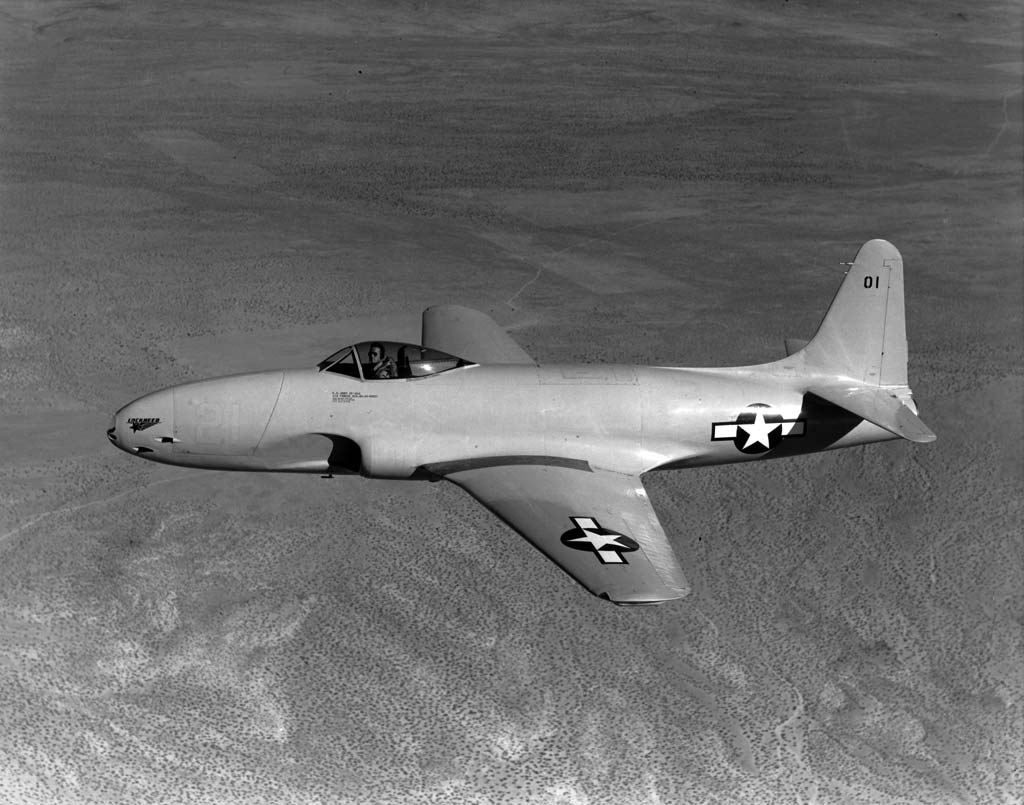
914Driver said:Ever seen Davy Crockett? Small bore like a bazooka. Think about it though, how far does it shoot, how fast can you run?
One in the museum at Picatinny Arsenal.
Yes, the minimum range was within its probable kill zone.
Off to find the numbers!
Assuming a minimum range of 400 yards, and a 20t yield, the minimum range is right about the LD50 for radiation.
Fatal range for direct blast effects is roughly 300-200 yards. 90 yards for flash 3rd degree burns.
( Source )
You'll need to log in to post.